
You are here
- Home
- Voices from the Past: Peterloo and New Historical Fiction
Voices from the Past: Peterloo and New Historical Fiction
The Open University ran a historical fiction conference: ‘Voices from the Past: Peterloo and New Historical Fiction’ on Saturday 11th May, 2019 at the People's History Museum, Spinningfields, Manchester. Below is a conference summary, compiled by organisers Sally O'Reilly and Heather Richardson.
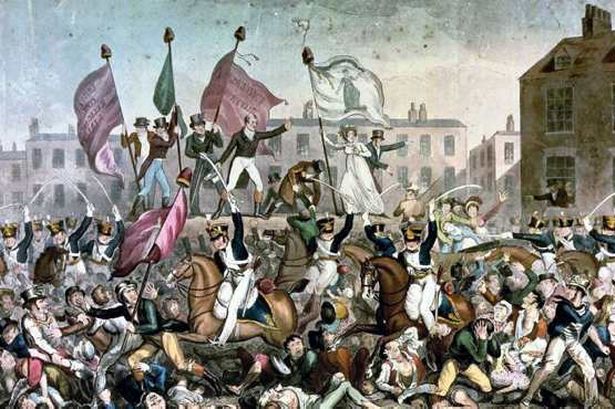
The 200th anniversary of the Peterloo Massacre is an interesting time to consider the role historical fiction plays in reappraising the past, whether this means discovering lost voices or presenting perspectives that give us fresh insights into the lives of marginalised people, including the working class. Historians have an obvious role in reassessing historical events, and writers of historical fiction have a similar part to play. But how does this work in practice?
At the conference, keynote speaker Jacqueline Riding set the scene by talking about her work as historical advisor to Mike Leigh on the films Mr Turner and Peterloo. Jacqueline commented; ‘Mike Leigh’s process is ‘intensive and collaborative, famously with no upfront script, so with character, action and dialogue gradually emerging from months of discussion, research, improvisation and distillation’.
Jacqueline briefly summarised the events that took place on 16 August 1819. On that day at St. Peter’s Field, local yeomanry cavalry – an amateur citizen regiment who were, from the evidence of most eyewitnesses, desperately ill-prepared, some drunk – supported by British-army regulars, including the 15th Hussars, tore through a pro-democracy meeting of 60,000 people. Less than five per cent of the United Kingdom’s population could vote in general elections and Manchester had no Member of Parliament (the entire county of Lancashire had only two MPs) so two key demands of those that had gathered were universal male suffrage and equal representation in parliament. The event itself lasted less than half an hour, but in that short time at least 15 people were killed or died later from their injuries, including an infant and two women, and over 650 were beaten, sabred and maimed. This terrible event has remained a footnote in history books until recently: the bicentenary of the massacre has been the focus of increasing interest, with a number of books published including Jacqueline’s Peterloo: the Story of the Manchester Massacre, and Mike Leigh’s film which came out in 2018.
The first panel discussion looked at the way in which historical fiction writers interact with historical fact, and why they tell the stories they do. How do we approach real historical events, how do we interpret them, and how do interpretations change? Are anniversaries important? Are reappraisals and new perspectives important to publishers and readers? Novelist Emma Darwin suggested that often readers go to historical fiction looking for stories that aren’t covered by history, sometimes focused on whole sections of the community, sometimes on individual voices that have not been heard, citing the example of Joseph O’Connor’s Ghost Light which tells the story of Maire O'Neill, partner and muse of Irish playwright J. M. Synge who became a successful Hollywood actress.
Emma also pointed out that writers don’t always start with a period in mind, but with a theme, often a contemporary one. For example, Rose Tremain set her 1980s novel Restoration in the reign of Charles II because she wanted to write about yuppies and the post Big Bang world, and the way sex was treated as a commodity in Restoration England resonated with that, while Kasuo Ishiguro wasn’t initially planning to write about appeasement in his Booker Prize-winning novel The Remains of the Day, but ‘a character who had lived his whole life and staked his whole personality on a code that turned out to be hollow’. She commented: ‘Historical fiction doesn’t necessarily start with history at all. It might start with an idea, then the writer finds the period that fits.’
Emma raised a concern about putting too much emphasis on historical fiction as a source of knowledge about history, which can distort their ‘story-telling compass’ and is one of the reasons that some historical fiction is overloaded with research. ‘One of the risks is that our stuff looks too much like the history books and it is harder to break away. Historical fiction is a strange beast.’
Michael Green talked about his recently published novel The Ghosting of Anne Armstrong, and his research process in writing the book. It is based on the story of a 14 year girl in 1673 who went before a justice in Northumberland saying that one of her neighbours turned her into a horse and rode her to a gathering of witches ‘where witches were flying round the room in bowls and spoons, they were changing shape into cats and dogs and the devil presided over a feast where they sat down and whatever food they liked fell onto the table.’ Her depositions went on for about five months, and were taken down in great detail, but were apparently ignored by the justice. It also appears that this never went to trial, though there is a 50 year gap in northern trial reports so this is uncertain. Michael came across the story on a plaque in his local pub, and became engrossed in the research journey, which eventually led him to the National Archives at Kew where he found all the depositions. Her unlikely story caught his imagination: ‘A voice gets me and won’t go away.’
It wasn’t necessarily a subject he would have chosen: ‘I am a materialist, I have had my time as a good Marxist, I am not very interested in the supernatural. I don’t have many wicca friends, so I give the answer she would give, and she says: “When you are ridden you are a horse.” That has become the fact the novel was built on. It’s for us to decide when we hear Anne’s voice. I think that is what I think about historical fiction.’
Having spent much of his academic career considering the solubility and provisionality of facts, Michael found that ‘…as a fiction writer, how does a certain point or a certain fact resist me? At what point in spite of all my research am I a stranger to this thing? You have to get through knowing, you have to get through mastery, you have to get through understanding - that is the beginning stage of research - and push until you don’t know where you are. And you take your reader with you and you are strangers, you are in another world and they are with you.’
Jerome de Groot pointed out that we spend a lot of time being careful not to look at the past, and quoted James Joyce: ‘History is a nightmare from which I am trying to awake.’ History is not, he asserted: ‘something pleasant and nice, but something that is invading us and maybe destroying our imaginations.’ Our response it to tell stories and create historical fiction. ‘This gives us ways into thinking about this hugeness and scariness, multiple other possibilities, these millions of events that have happened are being added to, because historical fiction is about things which have never happened. They are entirely made up.’
Jerome proposed that both history and historical fiction are presenting accounts which are contingent, and which by imposing order are making selections. Our own mental processes are similar: ‘We are all telling ourselves lies about the past. Our memories make things up. We retell them, we rework them.’
The unique contribution of historical fiction is to establish a closer connection with the past. Jerome cited the example of Hilary Mantel who sees herself as translating the history that is ‘trapped in paper, brick and stone’ and her view that historical fiction ‘unfreezes antique feeling’. Historical fiction has no duty to history, and history itself is contingent.
He made a case for historical fiction being: ‘enabling, enfranchising and genuinely radical, concluding: ‘I think it is about the ethics of representation, the way in which we select the story we wish to tell about those trillions of things that happened in the past. To my mind, that is what historical fiction does.’
Sara Hunt, publisher and founder of Saraband, pointed out that this is a multifarious genre, but that what unites writers is their commitment to telling the story that emerges from the historical material. Donald S. Murray’s As the Women Lay Dreaming tells the story of a maritime disaster that took place after World War I in which more than 200 homecoming soldiers were drowned as they were coming into Stornaway harbour on the Isle of Lewis. This tragedy is almost unknown, and yet the sinking of the Titanic is the staple of films and books, part of our popular culture. Donald S. Murray decided to write this as fiction rather than non-fiction – despite having written non-fiction throughout his career - because he found this the best way to communicate what had happened to his community. A complete contrast is Graeme Macrae Burnet’s His Bloody Project, a fake prison memoir which looks at the truth or untruth that might be in a personal account in which the author goes to great lengths to pretend that it was a true story. The protagonist is a marginalised person, a poor crofter, so there would not be many written records to draw on. Sara commented: ‘There are still people who feel very cheated when they find it is all made up - there is an archive in Inverness where they get phone calls from people wanting to look at the archives which are completely made up.’
Historical fiction can also revive or remind us of forgotten language. Graeme Macrae Burnet noted down obscure words in a gigantic notebook which he called his ‘emporium of words’, and Saraband has also published a novel called A Capital Union, about a young woman compiling a Scottish slang dictionary. And factual research may be tactile as well as verbal – the author of a trilogy about the Iron Age has conducted research by studying archaeology and learning to sail.
The theme of using solid objects and craft skills to connect to the past continued in the panel ‘Touching history - tactile historical fiction’ Vivienne Richmond presented on her work on the clothing of the working class and talked about her book Clothing the Poor in Nineteenth Century England. It is hard for us to understand the way the clothing was coded in the past, and using historical fiction set in the Victorian period – such as The Crimson Petal and the White by Michel Faber can help decipher such codes, because writers producing work for 21st century readers make information explicit which would have been implicit in the work of Victorian writers. There is much rich material there for those who can interpret it, however, and she cited Jane Eyre as an example text which uses clothing in a symbolic way. For most people, clothing was cumbersome and maintaining it labour intensive – Vivienne pointed out that many Victorians may have looked more crumpled on a Friday than they did on a Monday or Tuesday – the traditional days for washing and ironing.
She also suggested that as the scraps of fabric that mothers left with their babies when leaving them at the Foundling Hospital in London are often vibrantly patterned, as shown in the recent exhibition mounted by John Stiles, we can assume that they wore dresses made from such fabrics. The concept that we generally have of ‘the poor’ wearing clothes that were shabby and drab would only apply to those who were the most deprived. Most working class people worked hard to keep their clothing clean and neat, and wore colourful and well-made garments. All of this is accurately presented in the film Peterloo. Much can be gained if historical writers really engage with the clothing of their characters, and she cited the Hilary Mantel quote: ‘Court dress is a sort of portable prison’.
Heather Richardson talked about her research process in her novels Magdeburg and Doubting Thomas, and her recent project ‘A Dress for Kathleen’, in which she commemorates the life and death of her aunt Kathleen during a blackout in World War II by making a dress using a contemporary dress pattern and creating an artefact that blends the verbal and the tactile. In keeping with this, researching her aunt’s life involved tactile, physical approaches as well as working with text, and she found that the weight of a carbide lamp – which her aunt carried with her in the black out – helped her imagine the sensory reality of her life.
The conference also encompassed new ways to present historical fact. Graphic novel Peterloo: Witnesses to a Massacre, a collaboration between cartoonist Paul Fitzgerald ‘Polyp’, artist and activist Eva Schlunke and academic Robert Poole, demonstrates that it is possible to distil detailed academic knowledge into the succinct visual form of graphic art. The three authors discussed the way the collaboration worked, and the novel evolved. Initially, they intended to create a work of fiction, but became disenchanted with this idea, discovering that there was so much rich and surprising information about the Peterloo massacre and the protestors that nonfiction seemed the appropriate form, and would have more emotional impact.
Verbatim text was used to enhance the sense of documentary authenticity and establish a closer link with the experiences and voices of the protestors. There are just three speech bubbles with invented speeches in them, but these are very short and functional. Background information is presented in yellow boxes, to differentiate it from speech and make it easy for the reader to negotiate. This helped the collaborators address the challenge of drawing on the 400 eye witness accounts that Robert Poole has identified in his research into the massacre. And so the first verbatim graphic novel came into being.
In the afternoon, participants attended either a writing workshop run by Sally O’Reilly, or a ‘Big Book Group’ discussion in which Heather Richardson interviewed Emma Darwin about her book The Mathematics of Love, which encompasses the Peterloo Massacre, and her latest publication: This is Not a Book about Charles Darwin. Emma described how The Mathematics of Love began as a response to a writing exercise where the prompt was ‘watch’. Immediately the image came into her mind of a red-coated English soldier watching a girl bathe in a Spanish river – and so her main character was born.
The Mathematics of Love entwines two periods from the past – 1976 and 1819 – and as she says in This is not a book about Charles Darwin, ‘My writerly territory is history, and its presence in the present.’ This is not a book… explores Emma’s ultimately unsuccessful struggle to write what she calls ‘real-people fiction’ about members of the extensive Darwin family tree, particularly the ethical and artistic constraints. She discussed frankly the inhibition she felt about inventing the thoughts and secrets of relatives whose descendants are still around to take exception to a novelist playing fast and loose with family history.
For further information contact the organisers on ccwritingou@open.ac.uk or follow us on Twitter: @OU_Writers
Speakers:
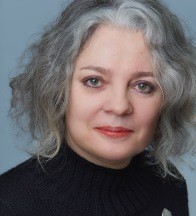
Dr Jacqueline Riding
Dr Jacqueline Riding specialises in British history and art of the long eighteenth century. She studied History at the University of Leicester (BA Hons), and History of Art at Birkbeck College (MA) and York (PhD). Formerly Assistant Curator of the Palace of Westminster and Director of the Handel House Museum, she is now a consultant for museums, galleries and historic buildings including Tate, National Trust, Historic Royal Palaces, and film, notably Mike Leigh’s Mr. Turner (2014), Peterloo (2018) and Wash Westmoreland's Colette (2018).Her publications include Jacobites: A New History of the '45 Rebellion (Bloomsbury 2016), Basic Instincts: Love, Passion and Violence in the Art of Joseph Highmore (Paul Holberton 2017), Peterloo: The Story of the Manchester Massacre (Head of Zeus 2018) and is currently writing a biography of William Hogarth (Profile 2021) while curating an exhibition at the Foundling Museum, Hogarth & the Jacobites (2021). She is a Honorary Research Fellow in the School of Arts, Birkbeck College and a lecturer and tutor in history and art history for the Oxford University Department for Continuing Education.
Emma Darwin
Emma Darwin's debut The Mathematics of Love is possibly the only novel ever nominated for both the Commonwealth Writers Best First Book and Romantic Novelists’ Association Novel of the Year; her second novel A Secret Alchemy, was a Sunday Times bestseller as well as forming the major part of her PhD in Creative Writing from Goldsmiths.Her blog This Itch of Writing gave rise to Get Started in Writing Historical Fiction, and her new memoir, This is Not a Book About Charles Darwin, was published in February 2019.
.png)
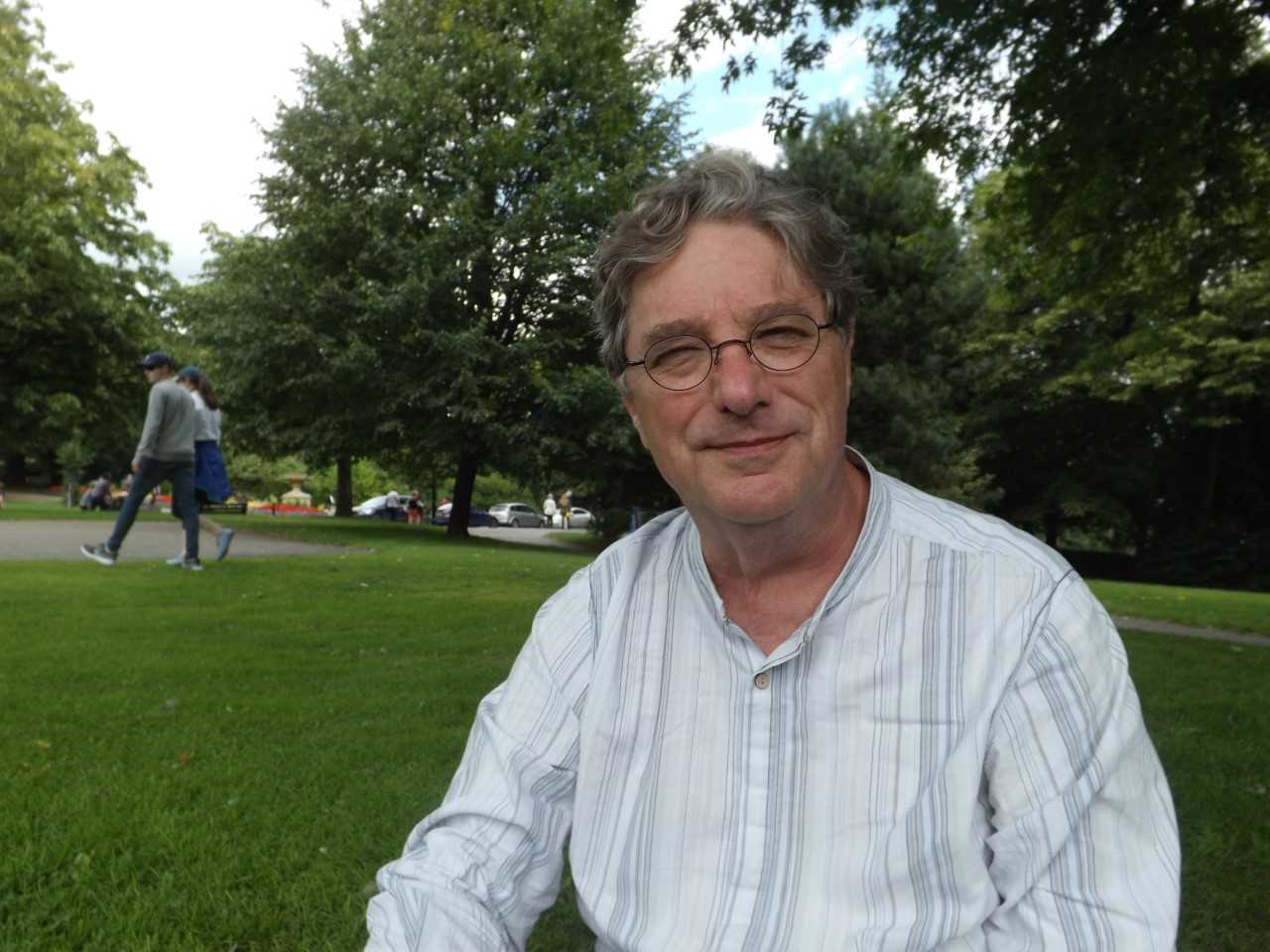
Michael Green
Michael Green is a novelist and Professor in English and Creative Writing at Northumbria University. He is the author of Novel Histories: Past, Present, and Future in South African Fiction and numerous journal articles and book chapters. He is currently chair of the interdisciplinary Northumbria Practice Research Group. As Michael Cawood Green he has published two works of historical fiction, Sinking and For the Sake of Silence, winner of the Olive Schreiner Prize for Prose. His latest novel, The Ghosting of Anne Armstrong, which was completed under the auspices of an Arts and Humanities Research Council Fellowship, is published by Goldsmiths Press/MIT Press.Jerome de Groot
Jerome de Groot teaches English at the University of Manchester. He is the author of Consuming History (2008/16), Remaking History (2015) and The Historical Novel (2009). His research interests include: historical novels, popular history, history on television, historical film, museum and heritage studies, the ethics of historical representation and re-enactment studies. His book Consuming History, also published by Routledge in 2008, concerns the ways in which contemporary popular culture engages with history: there are chapters on historical film, television (documentary and drama), museums, computer games, re-enactment and novel writing.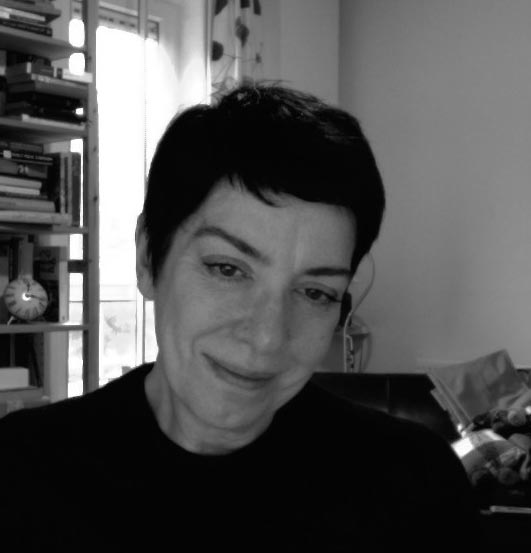
Vivienne Richmond
Vivienne Richmond is a Senior Lecturer and Head of the History Department at Goldsmiths, University of London, where she teaches an undergraduate module, The Fictional Nineteenth Century, which explores and advocates the use of fiction as a source for historians. Her research focuses on the social and cultural effects of industrialisation, especially in relation to poverty, dress and needlework, and she is the author of Clothing the Poor in Nineteenth-Century England (Cambridge University Press, 2013). She is currently writing a biography of nineteenth-century Quaker philanthropist Ann Ecroyd and a cultural history of the apron. She is co-editor of Textile History, the journal of the Pasold Research Fund, and co-editor-in-chief of the Bloomsbury Encyclopedia of World Textiles (2023).Sally O’Reilly
Sally O’Reilly is a Lecturer in Creative Writing at the Open University. She has also taught at the University of Portsmouth and Brunel University. She is the author of three novels: The Best Possible Taste and You Spin Me Round, (Penguin, 2004 and 2007) and Dark Aemilia (Myriad Editions/Picador US, 2014). Her research interests focus on historical fiction and its relation to genre and literary fiction, and the status of the novel as practice-based research.
.jpg)
Heather Richardson
Heather Richardson studied for an MA in Creative Writing at Lancaster University and in 2014 completed a PhD with the OU. She recently completed a creative nonfiction project called A dress for Kathleen which combines text and textiles. She charted the progress of the project on Instagram @a_dress_for_kathleen. Heather is also the author of two historical novels Magdeburg (Lagan Press) and Doubting Thomas (Vagabond Voices).'Polyp'
(Paul Fitzgerald) is a full time political cartoonist whose work has been published around the world by many different educational and campaign groups. He is author of SPEECHLESS a word free cartoon history of the world, The Co-operative Revolution a graphic novel about the history of the co-operative movement, and is joint author (with Eva Schlunke) of the children's book Little Worm's Big Question and co-author of the graphic novel Peterloo – Witnesses to a massacre. He is the chair and founder of the Manchester based Peterloo Memorial Campaign.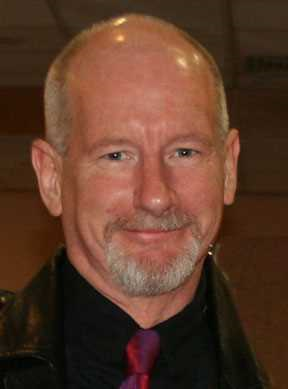
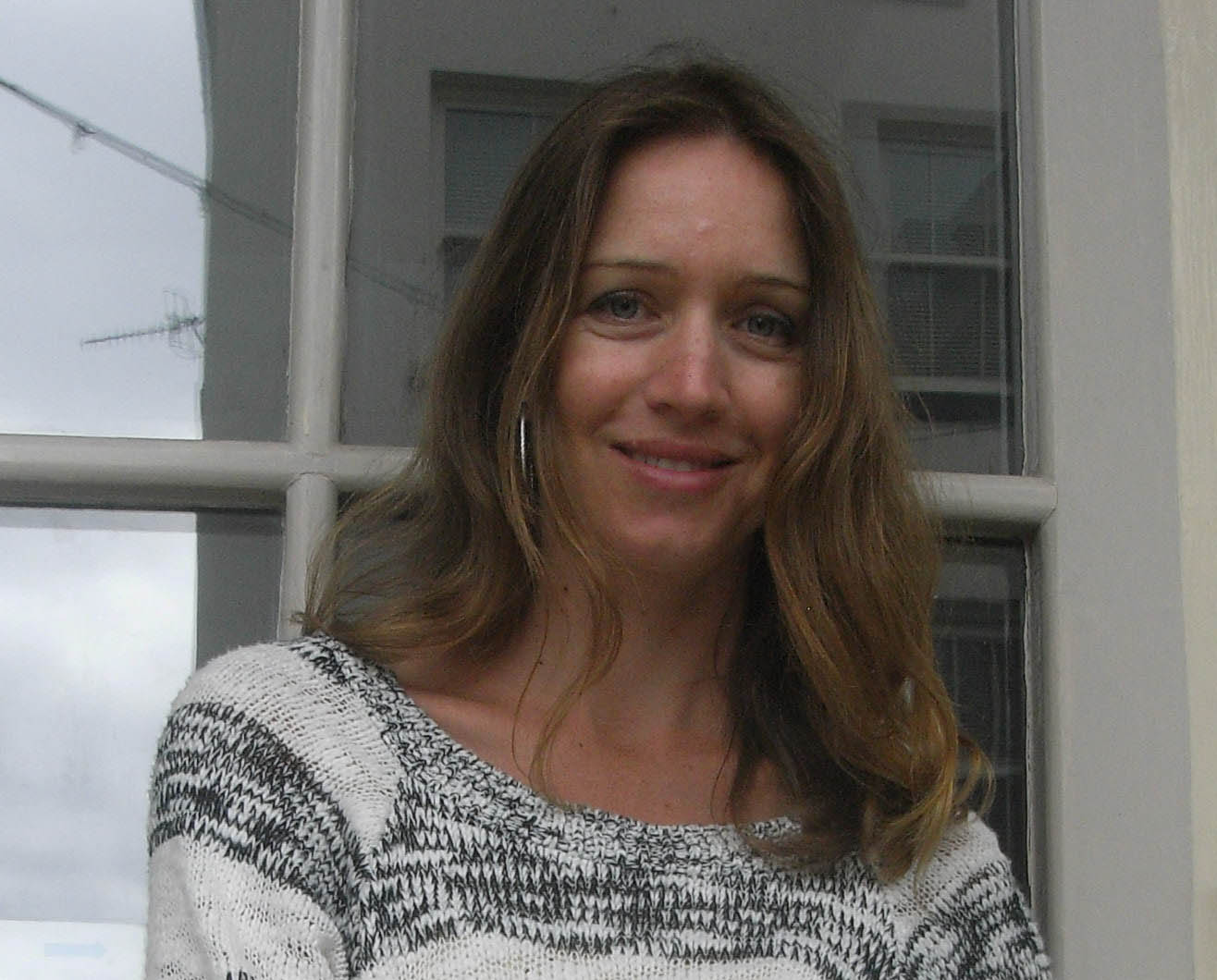
Eva Schlunke
Eva Schlunke is a fine artist/illustrator, author and campaign prop builder. She is a prominent member of the Peterloo Memorial Campaign and a lead artist behind mass participation Peterloo commemorative events such as the Peterloo Picnic (2015) and the Peterloo Tapestry (2016). She is joint author (with Polyp) of the children's book, Little Worm's Big Question, and co-author of the graphic novel Peterloo – Witnesses to a massacre.Sara Hunt
Sara Hunt is the founder and director of award-winning independent publisher Saraband. She worked in publishing in London, including at Penguin and Octopus, and New York before founding Saraband. The Saraband The list focuses on narrative non-fiction – particularly in nature, arts and memoir – and literary and historical fiction, whilst sister imprint Contraband is dedicated to literary noir, mystery and dystopia, and is the publisher of Graeme Macrae Burnet’s His Bloody Project, shortlisted for the Man Booker Prize 2016 and an international bestseller. Now in its 25th year and recently relocated to Manchester, Saraband works with publishers around the world and publishes authors from all parts of the UK and elsewhere, including underrepresented voices.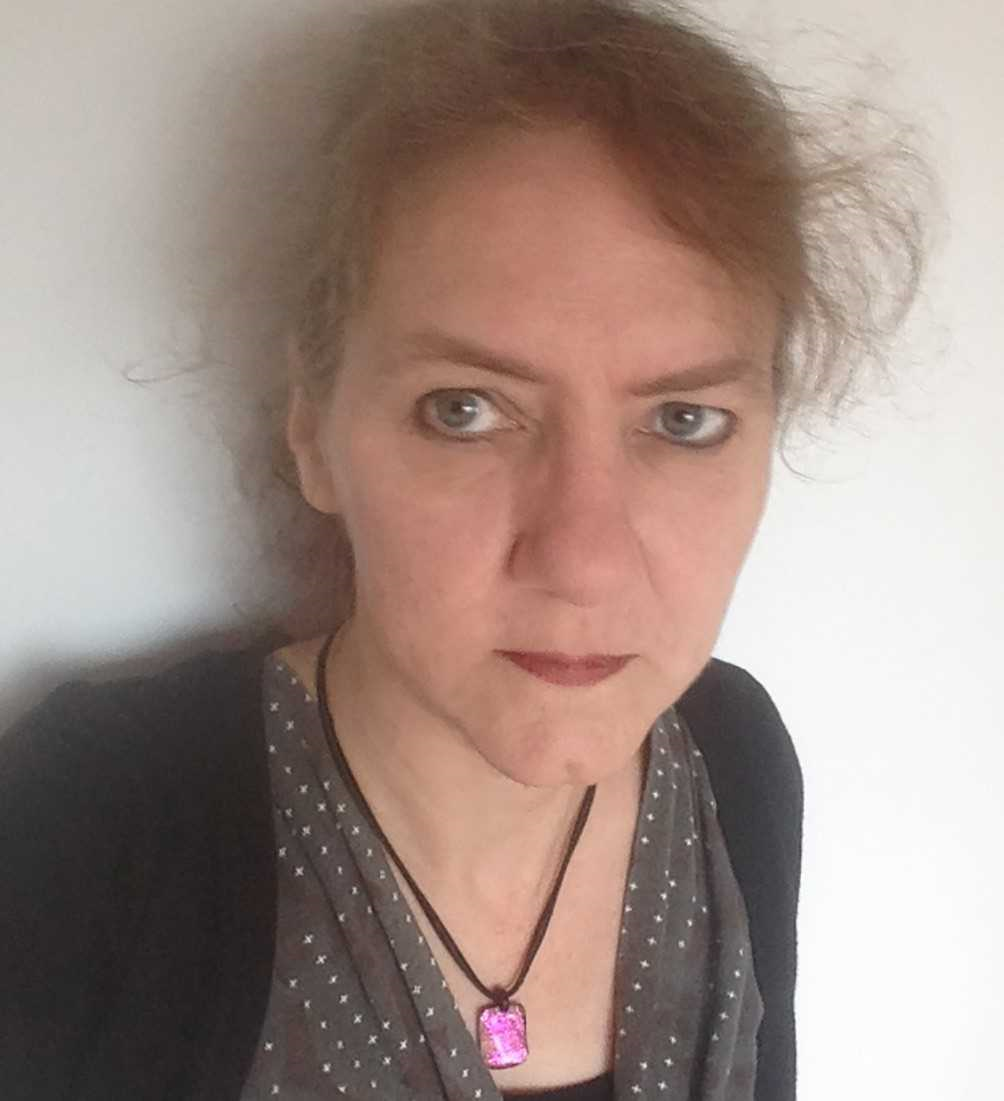
Robert Poole
Robert Poole is Professor of History at the University of Central Lancashire, Preston, UK. His most recent publications are Peterloo: the English Uprising (OUP, forthcoming, summer 2019) and 'The Manchester Observer: biography of a radical newspaper', Bulletin of the John Rylands Library 95, 1 (spring 2019), open access. He is also the co-author of a graphic novel, Peterloo: Witnesses to a Massacre (New International/Myriad, May 2019). He is consultant historian to the Peterloo 2019 commemoration programme in Manchester.Contact Us
Contact us by email:
CCWritingOU@open.ac.uk
The Postal Address is:
Department of English and Creative Writing
The Open University
Walton Hall
Milton Keynes
MK7 6AA
Tel +44-1908-652092